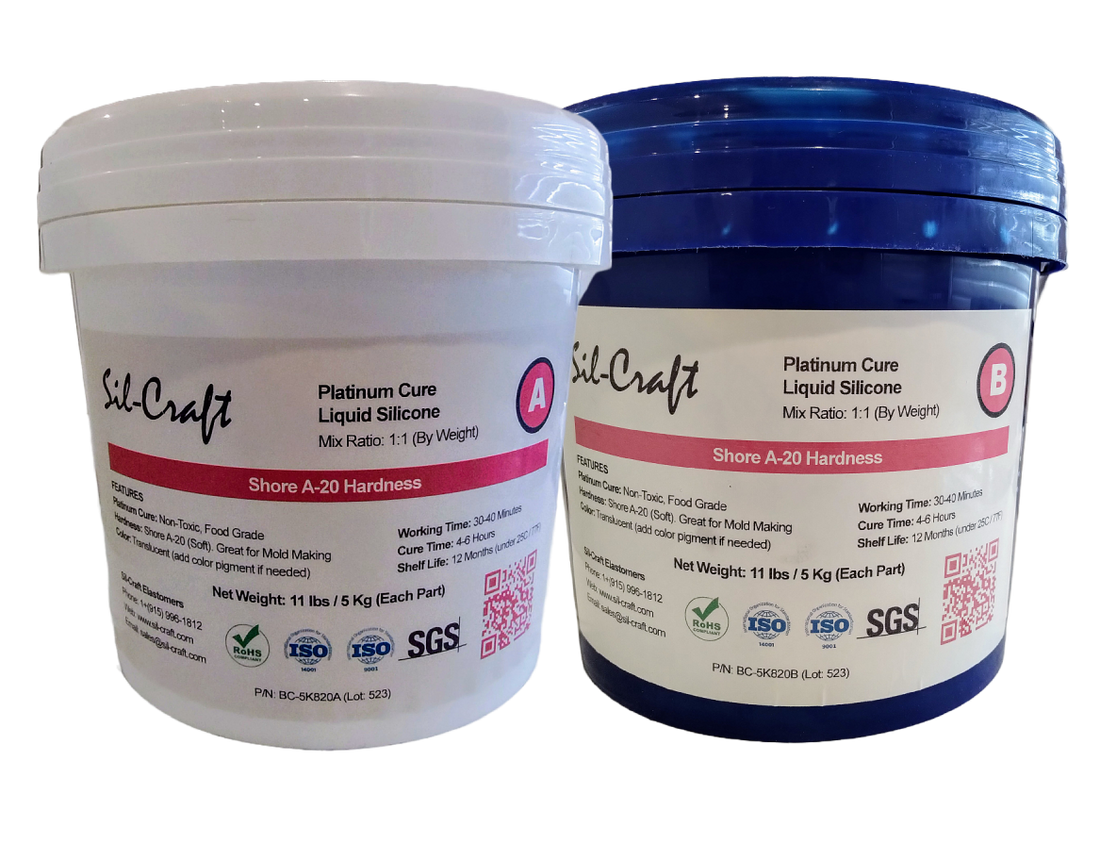Overview
In platinum liquid silicone rubber (LSR), Part A and Part B refer to the two components of the two-part system that are combined to create the silicone rubber material. Here are the key differences between Part A and Part B:Part A:
- Base Polymer: Part A typically consists of a liquid base polymer, which is often polydimethylsiloxane (PDMS). PDMS is a silicone polymer that provides the main structure and properties to the LSR.
- Catalyst: Part A contains the platinum-based catalyst. This catalyst initiates the cross-linking reaction during the curing process when combined with Part B. The platinum catalyst promotes the formation of strong chemical bonds between the polymer chains, leading to the solidification of the silicone rubber.
- Additional Additives: Part A may also contain fillers, pigments, or other additives to enhance specific properties or provide desired characteristics to the LSR.
Part B:
-
Cross-Linker: Part B contains a cross-linker, commonly referred to as a cross-linking agent or curing agent. The cross-linker reacts with the platinum catalyst in Part A to facilitate the cross-linking of polymer chains. This reaction forms a three-dimensional network structure, transforming the liquid mixture into a solid silicone rubber.
From Wikipedia: "The molecular structure of elastomers can be imagined as a 'spaghetti and meatball' structure, with the meatballs signifying cross-links."

(A) is an unstressed polymer; (B) is the same polymer under stress. When the stress is removed, it will return to the A configuration. (The dots represent cross-links)
- Additional Additives: Part B may also contain additional additives, such as inhibitors or modifiers, to control the curing process or enhance specific properties of the LSR.
When Part A and Part B are combined in the proper ratio, the platinum catalyst in Part A reacts with the cross-linker in Part B, initiating the curing process. This results in the formation of strong chemical bonds between the polymer chains, leading to the solidification and cross-linking of the silicone rubber material.

